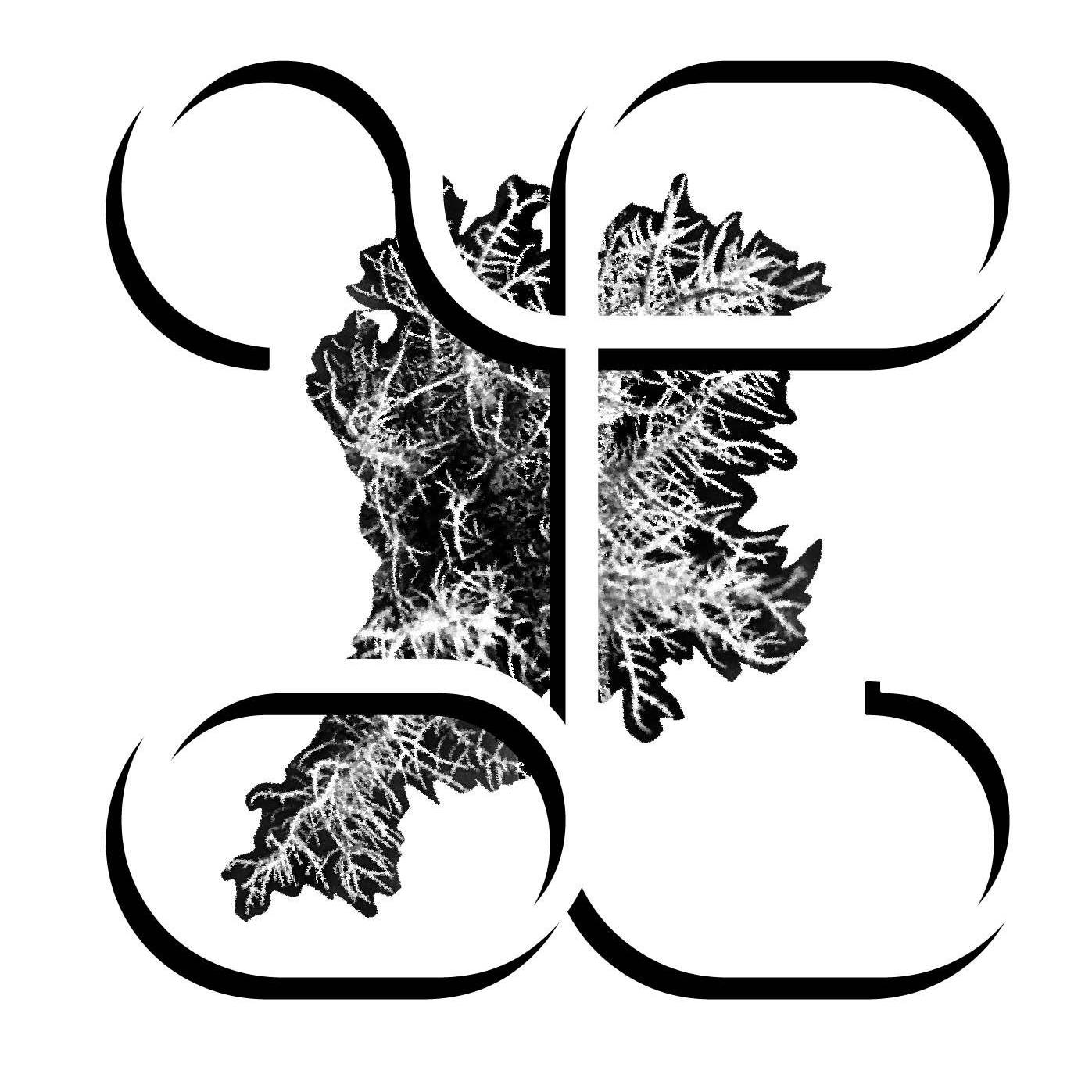Prioritisation of open data relating to gender inequality for the Government of Catalonia
Gender inequality is a problem affecting everyone around the world and it is trying to be reversed at a local, national and international level. Legislations and institutional processes of most of the countries around the world lack a gender perspective: this applies to public policies and, therefore, to open data policies about gender inequality.
The Open Government Plan 2018 marked four strategic action lines of work to make available data containing information about sex and gender. These lines aim at facilitating the design, implementation, improvement and follow-up of the policies of gender implemented by the Administration. These lines are:
Attaining the effective equality between women and men
Implementing effectively the right to equality and no gender-based discrimination in the work area
Guaranteeing equity of gender in the health area
Eradicating all forms of chauvinistic violence that damage women’s life
The Directorate-General of Transparency and Open Data entrusted the elaboration of a technical report to Liquen Data in order to identify which data the Administration should offer in open format. This aims at providing proper evidence of the differences and inequalities of the women and men’s situation in all life areas and, especially, to help defining corrective public policies.
Ideathons as discovery sessions (workshops)
Different methodologies were used to identify these data sets. Among them, we highlight gathering of experts and the analysis of gender-based inequality situations found nowadays in society. The outcomes contributed to define the concepts that should be present in these data sets to respond to gender perspective.
The study emphasises open data on inequality of gender, which are data that reflect suitably the differences and inequalities of the women and men’s situation in all life areas.
A series of actions are suggested to revert the situation related to different areas of life, such as:
Working towards a usual collection of data by specific indicators of gender in different concepts
Creating classifications and methodologies so that data reflect actual reality
Developing strategies to identify groups that data do not reflect, etc.
The main objective is to be able to have a prioritized gender-sensitive proposal for the open data sets that the Administration of the Catalan Government should have. Likewise, these data sets should provide us with the main indicators of situational analysis of inequality of gender in order to promote a society democratically strengthened, free and fair, and aiming for a shared governance.
Conclusions and work axes
As a result, nowadays we have a series of indicators available that are considered relevant to obtain data that facilitate the implementation, improvement and follow-up of the gender policies, which the Administration articulate and decide. The proposal of indicators is divided into five axes:
Transversal axis: basic personal information, support and cures, gender-based violence, discriminations and complaints.
Equality axis: participation, organization and sexual aggressions.
Health axis: addictions, self-mutilations, services-users relation, social and health determiners, + 65 years old, sexual and reproductive health.
Violence axis: abuse and institutional mistreatments, gender-based violence, types of violence, violence from exploitation, ethnic-racial-based violence and violence against children.
Work axis: co-responsibility and uses of time, gender-based violence, social protection and work discrimination.
